Background - variety history - Forage plants and grasses
Landsberger Gemenge
1923 - 1932
The “Landsberger Gemenge”, like DSV, goes back to Prof. Freckmann, head of the Prussian Agricultural Experimental and Research Station Landsberg/W. In the 1920s, Prof. Freckmann experimented with legume-grass mixtures, from which a mixture of shaggy vetch, crimson clover and Italian ryegrass finally emerged.
A challenge at that time was to find good and hardy seed for this mixture. Dr. Fischer (the first managing director of DSV) saw it as his urgent task to bring hardy types of these components into propagation.
In the following years, this mixture spread all over Germany. At first it had no name. However, since the institute in Landsberg was behind the mixture, the term "Landsberger Gemenge" was established among farmers. Dr. Fischer heard this during one of his consulting sessions and included the name in DSV advertising. Just a few years later, the term "Landsberger Gemenge" was used throughout Germany.
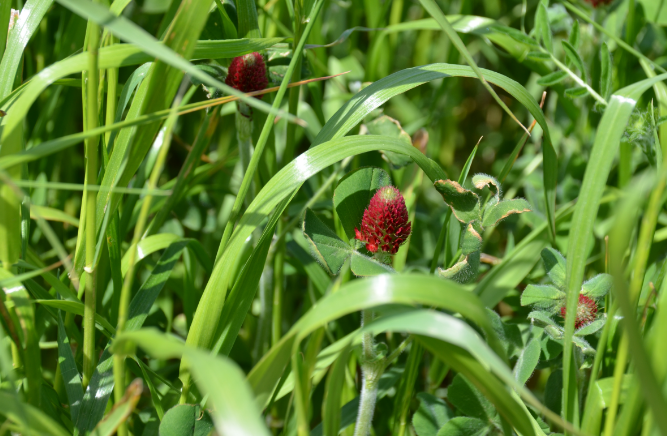
In August 1930, a landowner called DSV in Landsberg and ordered "Landsberger Gemenge" for 25 ha. At first, they did not know what was meant until he explained: "I would like to have your Landsberger Gemenge, the mixture of crimson clover, shaggy vetch and italian ryegrass. Thus a farmer had created the name for a forage-growing mixture that has since become classic and made its way in practice and literature as the 'Landsberger Gemenge'."
NFG varieties
1933 - 1942
This decade saw the start of breeding activities at DSV and also at NFG, which merged with the DSV in 1965.
Through connections of Dr. Fischer, Dr. Renius and Dr. Bürger, varieties of well-known professors could be taken over. This resulted in varieties such as the bunchgrass NFG Weber (Prof. Weber, Moor Experimental Station Bremen) or the red fescue NFG Theodor Roemer (Prof. Roemer, University of Halle).
Perennial ryegrass NFG
1943 - 1952
Perennial ryegrass NFG, based on ecotype collections, represented a major breakthrough for forage production in Germany. It was the first ryegrass with real endurance and winter hardiness and was widely used throughout Germany for many years. A first registration with the variety register took place in 1943. Approval probably took place on December 5, 1945.
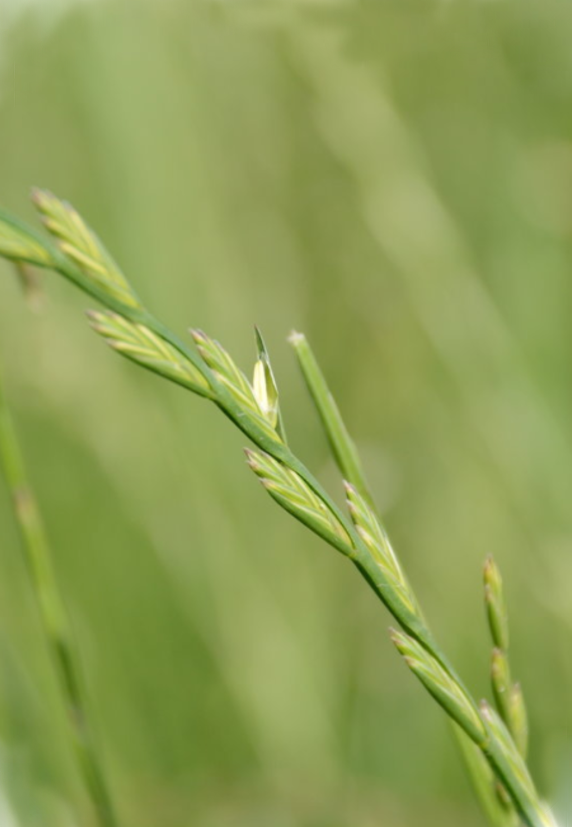
NFG Gigant
1953 - 1962
The white clover variety NFG-Gigant represented an important milestone in forage production in Germany. Selected as a large-leaved, tall-growing variety, it was particularly well suited to ryegrass-white clover pastures and was included in many mixture recommendations for decades.
The variety can be traced back to crossbreeds at the Kaiser Wilhelm Institute in Müncheberg. At that time, Giganteum was crossbred with Morseo types and selected. These strains were further worked on by Prof. Rudorf at the Max Planck Institute for Breeding Research before giving it to the NFG and for development into the finished variety.
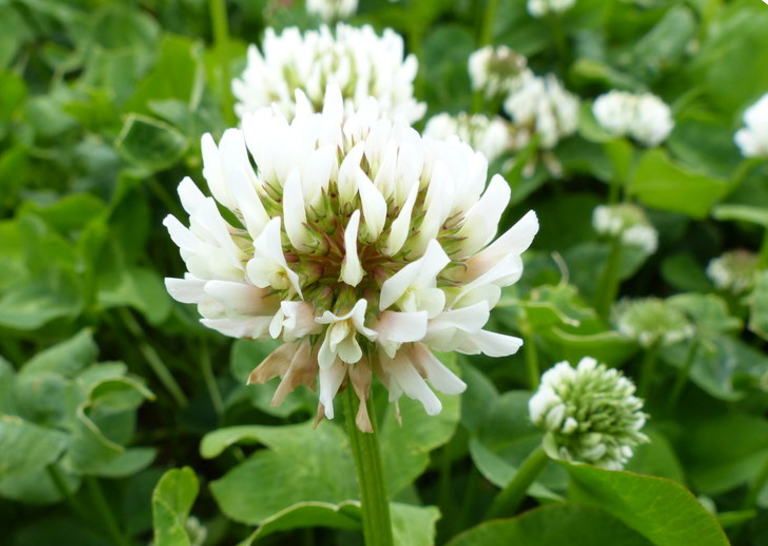
LIPERLO
1971
With LIPERLO, DSV succeeded in 1971 in obtaining the first variety approval for a forage grass variety after the resumption of breeding activities after World War II. This first variety in the medium range was not a high flyer and only reached a multiplication area of 200 ha in 1975. However, a start was made and many more forage varieties followed in the next few years.
LIRASAND
1974
LIRASAND was the first annual ryegrass for intercropping. It was only approved after an appeal to the Federal Office of Plant Varieties. Later, LIRASAND became one of the most successful forage crop varieties in Germany. Soon after its approval in 1974, the variety rose to become the most widely propagated variety of annual ryegrass in Germany. From 1978 to 1991, it occupied the top position in propagation areas with peaks in 1985 and 1991 with > 1700 ha of propagation area in Germany.
The special feature of LIRASAND was its pronounced single-cutting ability. The grass was bred for sowing in July/August. Despite shortening days, the variety still developed ear-bearing stalks and thus achieved good ensilability combined with good structure. LIRASAND later gave rise to the first DSV-bred tetraploid ryegrass variety LIQUATTRO, which was approved in 1993.
LIRASAND represented a new type of variety. Until the 1980s, the testing system for annual ryegrass was exclusively designed for spring seeding and multiple cutting. Seeding as a so-called stubble seed was possible on application, but multiple cutting was obligatory for all varieties. The success of LIRASAND indicated that the real importance of annual ryegrass lay in intercropping. Thus, in 1989, the entire value test was finally made compulsory for intercropping, and the multiple-cut test could be added optionally.
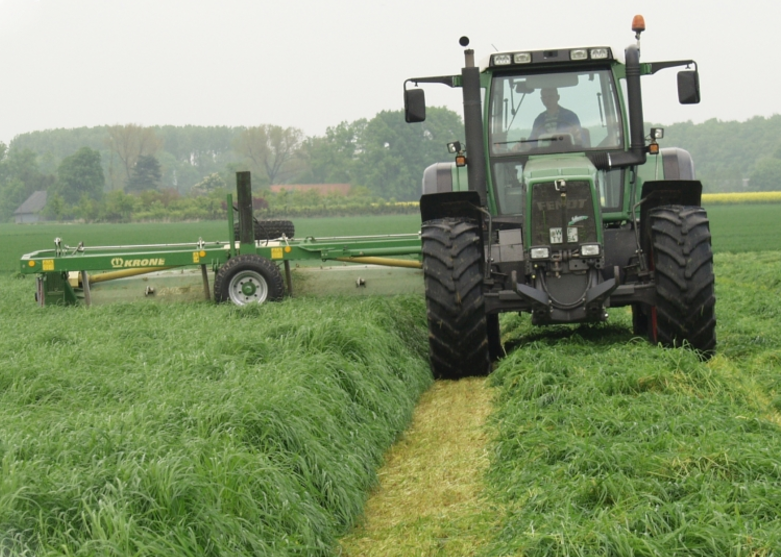
LIPONDO and LINOCT
1988
In 1988, DSV achieved a breakthrough in Perennial Ryegrass with the dual approval of the diploid, late varieties LIPONDO and LINOCTA. Not only were both varieties exceptionally dense and persistent, both varieties also received the 'M' for outstanding bog suitability from the Chambers of Agriculture.
These varieties are the result of an intensive programme of spreading tests that DSV ran in these years at up to 10 locations in Germany. These included a number of observational trials on bog under grazing. LIPONDO and LINOCTA had shown in these trials that they perform very well under the harsh bog conditions.
COUNTRY
1994
COUNTRY was developed as a trademark for forage production. Since then, only high-quality varieties tested and recommended in Germany have been used in COUNTRY mixtures. The individual species and varieties are combined in such a way that they are adapted to different uses and regional site conditions. The mixture programme is the leader in Germany in the field of forage production.
1994
2023
LIPRESSO
1999
With LIPRESSO, DSV achieved another breakthrough in 1999. Now it was possible to safely grow Perennial Ryegrass even in areas where winterkill had previously been a regular occurrence. LIPRESSO was composed of 12 ecotypes collected in the German low mountain range. In ecological spreading trials in the Harz Mountains, the Erzgebirge and the Black Forest, this diploid, very early breeding strain had been selected from many after it repeatedly stood out positively after longer periods of snow.
ASTONENERGY
2006
For many years, DSV breeders selected new forage plants not only for yield and tolerance to diseases and abiotic stress factors, but they also placed a special focus on forage quality. The goal was to select highly digestible forage plants for high milk yield. ASTONENERGY was the first variety to set special standards in forage quality.
VALERIO
2011
The VALERIO variety once again represents a special breeding advance. The tetraploid late Perennial Ryegrass variety combines the advantages of tetraploid and diploid varieties.
Until now, it was considered that tetraploid varieties, which have a high yield performance, do not have such good endurance and stigma performance due to genetic reasons. VALERIO, as a late tetraploid type, achieved a DM yield of rel. 105 in the recommendations of the Norddt. Bund and even rel. 109 in the first cut. The variety has bog suitability and also low susceptibility to rust and winterkill, so its persistence is excellent. The wide national and international recommendation underlines the breeding progress of VALERIO.
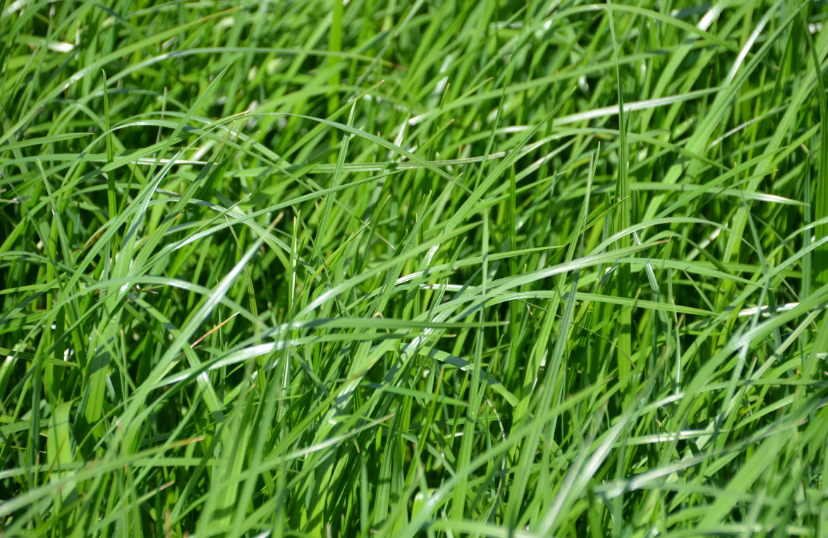
SCHWETRA
2016
SCHWETRA is the innovation in the German grass market in 2016: It is the first tetraploid meadow fescue variety to be approved in Germany.
In a special test, the German Federal Office of Plant Varieties certified that the DSV new breed has a significantly improved feed value in terms of sugar content and digestibility compared to previous meadow fescue varieties.
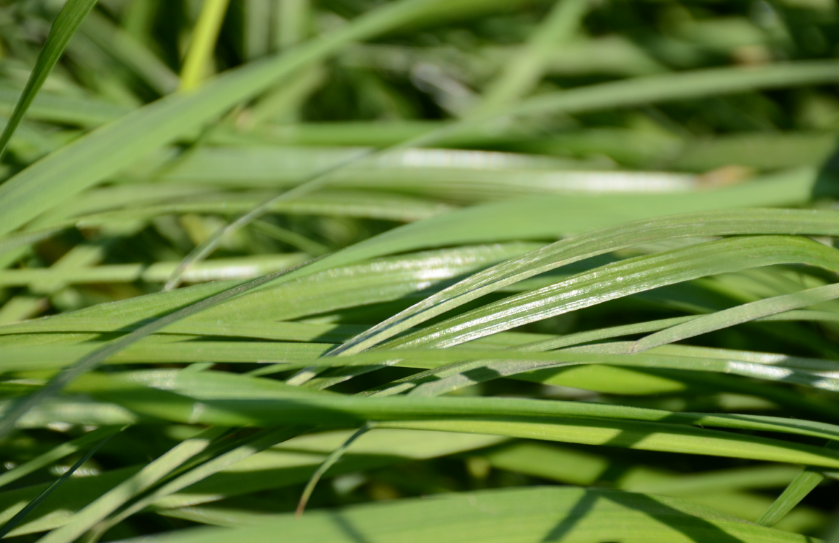
EXPLOSION
2018
As a medium-late variety, EXPLOSION is approved as a tetraploid Perennial Ryegrass.
EXPLOSION is particularly winter-hardy and produces consistently high yields with exceptionally high forage quality. This was confirmed in advance by tests conducted by the LWK Lower Saxony.
In the approval process, EXPLOSION proved to be very robust and was also approved as suitable for bogs.




